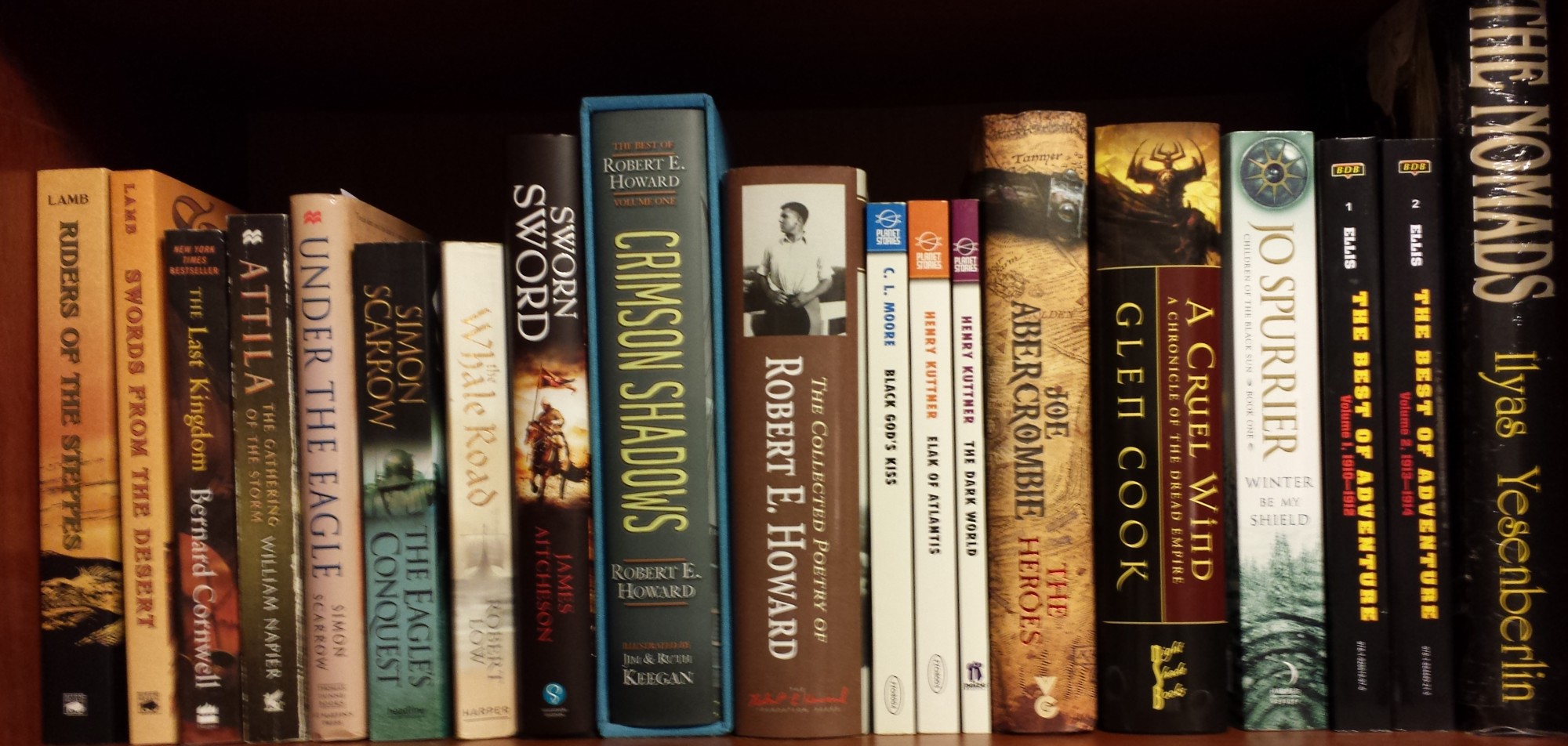 Today, April 5, is the birthday of Robert Bloch (1917-1994). Valancourt Books has begun reprinting a number of titles by Robert Bloch. Today’s story is from Pleasant Dreams. This was one of Bloch’s first collections that moved away from Lovecraft pastiche.
Today, April 5, is the birthday of Robert Bloch (1917-1994). Valancourt Books has begun reprinting a number of titles by Robert Bloch. Today’s story is from Pleasant Dreams. This was one of Bloch’s first collections that moved away from Lovecraft pastiche.
This is a great collection and one that is worth checking out. If you’ve read much Bloch, you’ll frecognize a number of the tales therein, but Bloch is always worth rereading.
“Hungarian Rhapsody” was originally published in the June 1958 issue of Fantastic. It’s about a retired gangster who is liviing in an isolated house on a lake when a gorgeous woman moves in next door. She paid for the house in antique gold coins.
 The gangster desires both the cons and the woman. As the story goes on, he moves from being a sympathetic character to a total creep. When he gets his comeuppance, What happens to him isn’t a huge surprise, but Bloch handles it well.
The gangster desires both the cons and the woman. As the story goes on, he moves from being a sympathetic character to a total creep. When he gets his comeuppance, What happens to him isn’t a huge surprise, but Bloch handles it well.
It has a twist, and that’s in the last line. I won’t spoil it for you. Bloch was well-known for his sense of humor and his love of puns. That tenddency is on full display at the end of the story.
One thing I want to note. Pleasant dreams was originally published by Arkham House in 1960. There was a mass market paperback of the same title published 1979.
 That book was a different book, although there was a great deal fo overlap. That’s the cover there on the left. Four stories were removed from the Arkham House edition (“Mr.Steinway”, “Catnip”, “that Hell-Bound Train,” and “Enoch”) and three were added (“TheMandarin’s canaries”, “Return tot he Sabbath”, and “One Way to mars”).
That book was a different book, although there was a great deal fo overlap. That’s the cover there on the left. Four stories were removed from the Arkham House edition (“Mr.Steinway”, “Catnip”, “that Hell-Bound Train,” and “Enoch”) and three were added (“TheMandarin’s canaries”, “Return tot he Sabbath”, and “One Way to mars”).
Why these substitutions were made, I don’t know. I have always found it annoying that the paperback lists three of the deleted stories on the back cover.
So Robert Bloch is being brought back into print thanks to Valancourt Books. They are available in electronic editions as well. Reading (or rereading) some of his stories is a great way to celebrate bloch’s birthday.
Finally a big thank you to John Bullard who picked up for me a couple of older Bloch books at Windy City yesterday that I didn’t have. Another great way to celebrate bloch’s birthday.











